Truck Company Ops – Garden Style Apartments
We have discussed many aspects of truck work, now I would like to focus on some of the “getting the job done” aspects.
As previously discussed, each riding positions has a set of roles and responsibilities. For a review, let’s get the rig there in one piece, position it well, exit the rig ready to go to work and then go to work. It really is just that simple. The hard part should have been done before you got on the rig, which is called training!
So now let’s focus on the garden style apartment and what our tactical and task priorities should be.
Just What Are The Priorities?
As you approach the incident, you conduct your “size-up”. Based on that information and the position you are riding, you develop a plan on what, when and where you are going to conduct business.
What has already been accomplished by others determines what you need to do. Garden apartments pose a different challenge to the truck crew.
First and foremost the rescue aspect is enhanced by the number of people exposed to the threat of being trapped.
Second the rapid fire spread potential is greater based on fuel access and layout of these type of buildings.
Third, we must conduct many tasks in a short timeframe.
The matrix used for SFD (Single Family Dwelling) does not work well in this setting. Garden apartments fires are far more fluid. Our task priority are dictated by the needs we face. In other words if people are hanging out of windows or on balconies and need rescue, that becomes the priority.
Rescue
If upon arrival you are faced with people in immediate danger at windows or on balconies that becomes the priority task for the driver and tillerman (or 4th FF on a straight Truck). The officer and jump-seat FF must continue on their task of forced entry and interior search.
Ventilation
Here is where the debate begins!
Let start by saying, garden apartment fires was my bread and butter so I have some experience to draw from on this topic.
It was proven over the course of 30 years that early ventilation, in particular roof ventilation over the interior stairwell was critical to the safety and survival of the occupants, attack crews and search crews.
Why, you may ask?
Because heat rises. As the fire is now not ventilation deprived because one of us has opened the doors it rapidly intensifies. If we have not opened the ceiling at the top of the stairs and vented the roof over the stairwell, this heat and its byproducts collect on the third or upper floor. As our crews make the move to search and/or advance and we have not vented that space, they are in a world of trouble!
So, the way we operated, if we didn’t have to pluck people off balconies or windows, the driver’s number 1 priority was to get to the roof and open it up over the stairwell. The interior search firefighter went to the top floor landing and opened the scuttle or ceiling.
You have to trust me on this, it works!!
As I am sure there will be some debate about who and when these task get assigned and accomplished. The point I am making is that these task must occur in a tactical order so they get accomplished by pre-determined person. Most importantly, we must adapt and overcome on these types of events. Experience (yours and others) are the key to a successful outcome.
Until the next time, be safe, stay low and keep learning!!
Cover Photo Courtesy: Huntington Times
Feature Photo Courtesy: Baltimore Co Fire Department
Inside Photo Courtesy: Rich Gardiner, FFTB.com

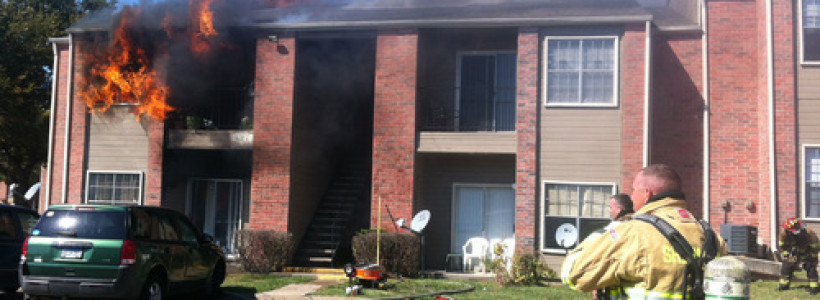

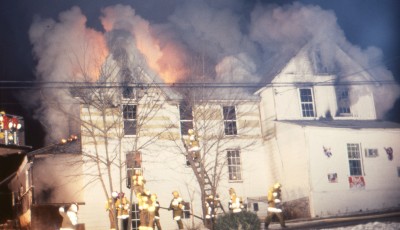
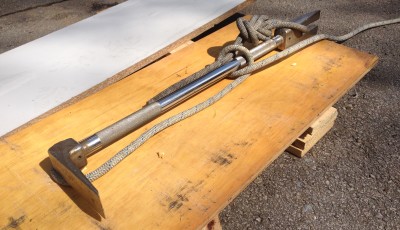

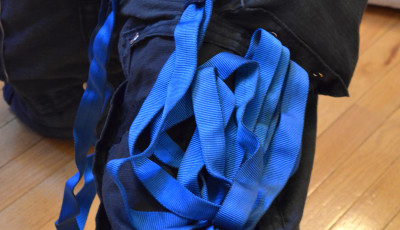
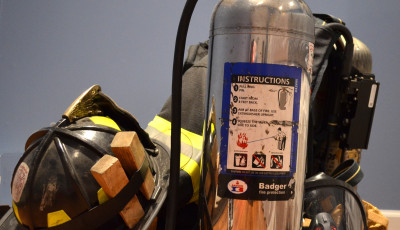
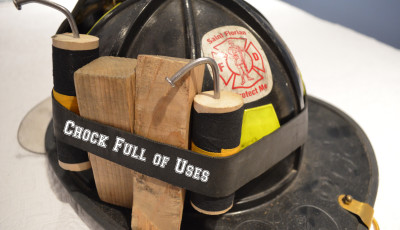




am C E R T grad and studing there and this keeps my attn. am 58 and I want to volinter at an certain fire dpt heer in Ks. Thanks For the awsom Teachings I am getting if I need it and rember it till I find out if im able to help heer it may come in handy some time edp jr. aka del